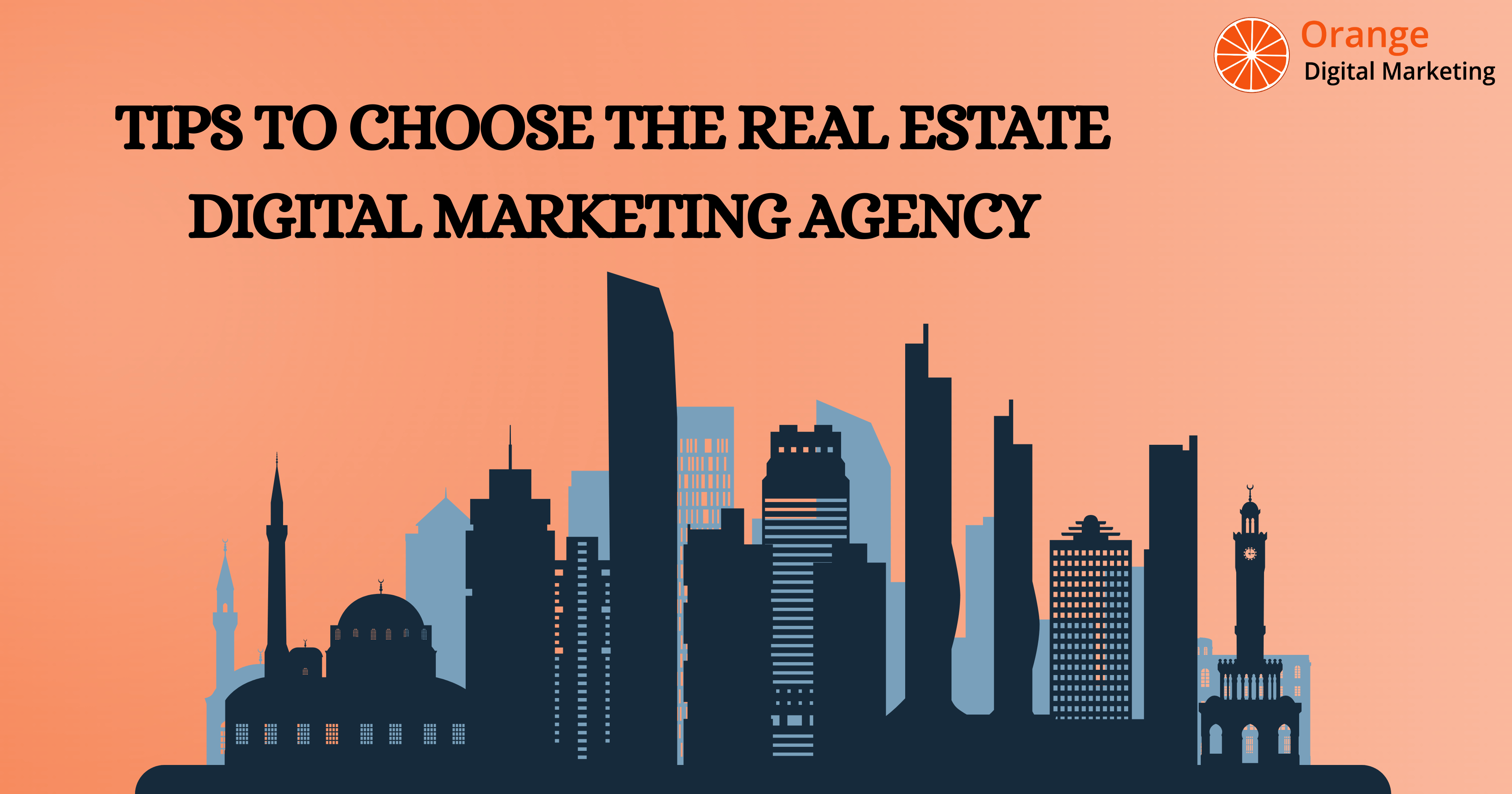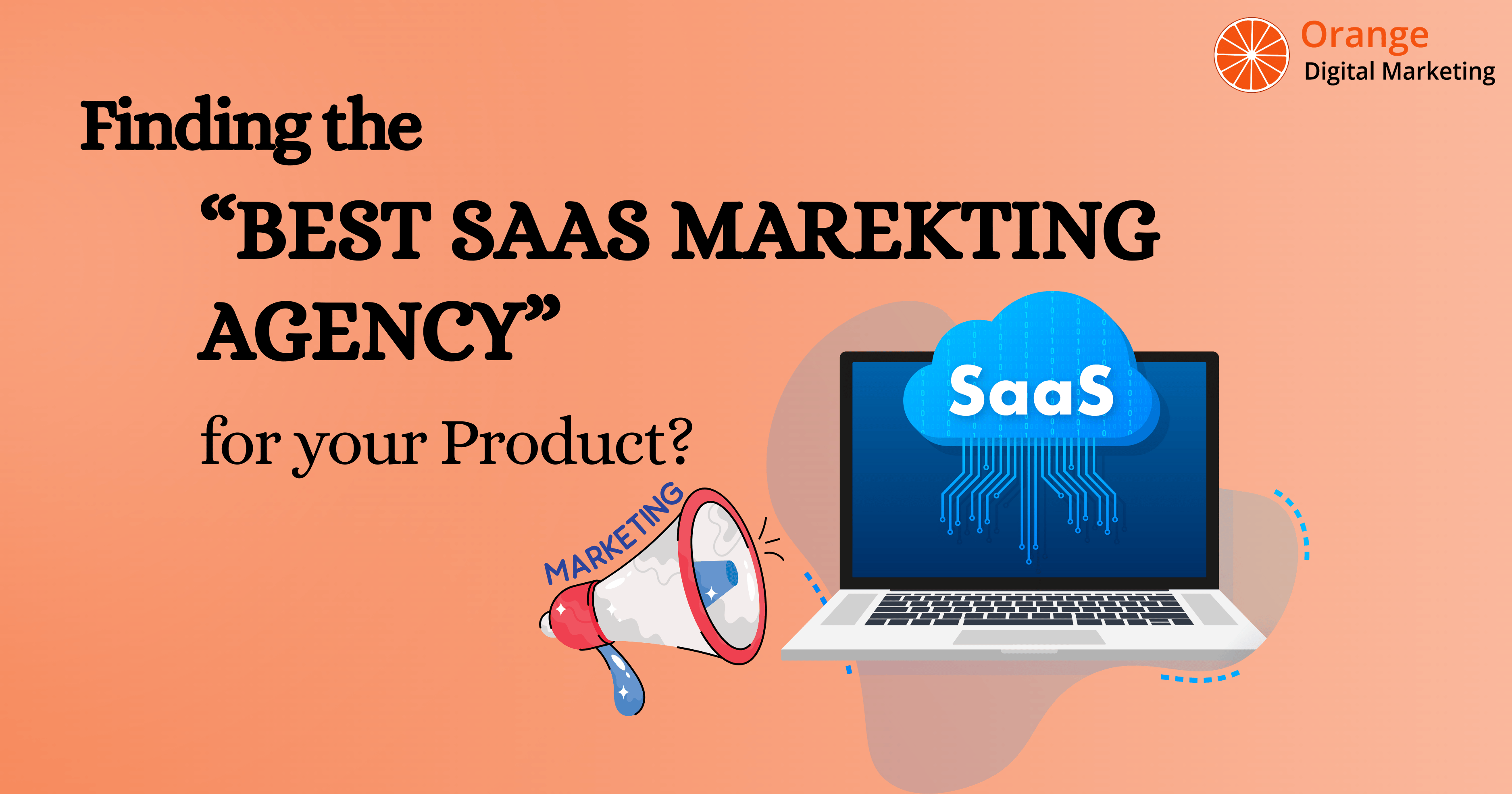On Page SEO Techniques
Optimizing your page for search engine results is a given in today’s competitive world of online content. There are several techniques that can be followed, including On Page and off-page SEO tactics. This article will go over On Page SEO Techniques, starting with what they are, why they’re important, and different types of SEO tactics that are commonly employed in the industry. It is essential to incorporate these On Page SEO techniques so that your website isn’t buried in the endless content available online.
What is On Page SEO?
On Page SEO, also called on-site SEO, refers to specific techniques that focus on optimizing a website’s content, like meta tags, keywords, and URLs, or the technology involved in building a website. These techniques help improve the website’s visibility in search engine results. So this process is known to be the On Page SEO techniques.
Search engines have come a long way, and their algorithms have become more sophisticated in understanding content. In order for your website to reach more users, it needs to rank highly on search engines. And for that to happen, your website has to meet certain criteria. The most important one is that websites must be relevant to users and provide valuable content.
On Page SEO Techniques are used to ensure that the content is credible, relevant, and useful to users.
Why On Page SEO Techniques are important?
On Page SEO Techniques are critical for two things:
•Ranking high on search engine results (and)
•Providing relevant content to users
The first thing that On Page SEO Techniques will help a website rank higher on search engine results. Search engine algorithms are complicated and take many factors into account. This includes things like content structure, relevance to users, keywords indicating a connection to the search query, and so on. By employing the right On Page SEO strategies, you can improve your search engine rankings.
Another thing On Page SEO Techniques is helpful for you to improve the relevance to users. If a webpage doesn’t.
The main purpose of a website is to provide value to users, either through content or products. By following On Page SEO techniques, the website can be made more relevant to users. If content is not relevant or useful to readers, traffic to the website will inevitably drop, regardless of what fancy design it has.
How is it different from off-page SEO Techniques?
The Best SEO Company will give the priority to On Page SEO Techniques, that are focuses on content placed in on-page, like headings, links, meta tags, etc. At the same time, off-page SEO focuses on content that isn’t directly on the website, like backlinks, guest posting, or other such techniques. Both On Page and off-page SEO are used to increase your SERP ranking by showing that your content is credible and relevant to readers.
It is essential to incorporate different types of SEO strategies to optimize the content of a page and improve its credibility.
On Page SEO Techniques
Here is a list of On Page SEO Techniques that you can employ to improve your SERP rankings.
Keyword research
Keyword research is an integral part of SEO. It is one of the primaries On Page SEO techniques. It involves doing some research to find out what topic is trending and what keywords are related to it. This is essential to understanding what users are looking for, what to write about, and what structure to use for the content.
Keywords are used in the title, meta tags, and content of the articles and can help drive traffic. Search engines use keywords to understand the relevance of the website, and this can have an impact on the SERP ranking of your page.
Content optimization
The next On Page SEO Techniques is Content. It is the most important part of your site. You have the liberty to set it up as you wish. Be sure to analyze trending search results to see what’s ranking and why. You can use a couple of tricks from these pages on your own website. Make sure that your content is relevant to the topic and tone.
For example, if the content centers around comparing products, using tables or other comparative infographics can improve value to users. You have the liberty to use any format you think is necessary.
Be sure to add keywords in your content, but do it in a natural way, where it’s necessary. Using too many keywords can actually make your ranking worse. This is called keyword stuffing, and search engines don’t rank websites that use this tactic well.
Meta description
A meta description is one of the On Page SEO Techniques. It is a short description of your webpage that appears under a page title in search engine results. It is not an official search engine ranking factor. However, it can affect whether users click on your website.
Search engines don’t always use your meta description to describe your website, but they do 30% of the time. You don’t have to write the perfect meta description, but you should put in some work to make it relevant.
Here are a few tips you can follow to write good meta descriptions:
•Keep it short.
•Keep it relevant to the topic.
•Include the keyword.
•Make it relevant to what users are looking for.
User experience
Make sure that your website is well designed and takes into account the user experience. This means it has to be well-structured and has to be easy for users to navigate. This On Page SEO Techniques will help Search engines to prioritize mobile results first, which means that if your web page isn’t optimized for mobile browsers, it will not rank well.
Optimizing for mobile means altering loading speeds and image sizes to suit mobile devices. It also means taking into account the design of mobile screens and alerting content so that it displays well on smaller screens. Designing your webpage so that it displays well on screens of all sizes and not just a desktop is called “responsive design.” Incorporating this into all your web pages improves the user experience and increases traffic, in addition to improving your SERP rankings.
From Digital Strategy to Success Start your Business with Orange Digital Marketing
URL Optimization
The next On Page SEO Techniques is URL Optimization. A URL is the address of a webpage. This is the link that users click on to reach a website. Search engines take URLs into consideration for their algorithms. If you incorporate keywords into your URL, it can affect the ranking of your website.
Tips on choosing a URL:
•Include keywords in a URL that indicate the content of your page.
•Use descriptive words.
•Keep the URL simple and readable.
•Use a URL that clearly shows the structure of your webpage.
Some search engines also display a part of your URL in their search results, so this can work to improve user reliability. A good URL structure usually indicates a legitimate website, which users typically tend to trust more.
Header tags
Using HTML tags can add structure to your page. These tags also help search engines understand the hierarchy of your content. The use of proper headings and subheadings makes content readable to users. This On Page SEO Techniques will help the users to scan the content for relevant information easily.
Header tags are ordered between H1 and H6, with H1 being the biggest and used for titles. Smaller tags are used for other subheadings. Be sure to incorporate keywords in your headings and make them relevant to the content. Websites without headings are difficult to read and also make it difficult for search engines to categorize the information on your site.
Title tag
The next On Page Seo Techniques is title tag. It shows the user what the content is about. It is usually used by search engines as the heading in search results. While there is no limit to the length of a title tag, people generally keep it between 50 and 60 characters because anything longer than that will be trimmed.
Search engines end up rewriting title tags 60% of the time, so your title doesn’t have to be perfect, but it is important to keep it short, relevant, and useful to the user. Try and make it as unique and catchy as you can. Also, make sure that your title is descriptive and add keywords to improve ranking.
Images and alt text
Super long paragraphs of text can be tiresome to read. Using images is one way to break up this stream of text and make it more readable. Images add more meaning to a document and can further illustrate a point being made.
However, this On Page SEO Techniques is important to keep in mind that not all readers have vision, so it’s important to add alt text to all your images. This helps screen readers interpret the image for visually impaired users. Search engines also use alt text to understand images and how they relate to your content. Make sure that your alt text is not too long but describes the image well.
Internal linking
Internal linking is the best On Page Seo techniques to practice of adding links to other pages on your website. This practice helps search engines navigate to more pages on your website and also signals to search engines that your content is useful and relevant to the topic being discussed.
Don’t add too many links, and make sure the links that you do add are relevant to the content and provide value to the user. Internal linking is also one of the On Page SEO techniques to keep users on your website longer. Be sure to link to the most important pages on your site and use relevant text for the links.
Other techniques
Here are a couple more On Page SEO Techniques and tactics that are less common but relevant nonetheless. You can follow these practices to increase your visibility and credibility.
Add a comments section
Enabling comments on your website gives readers the chance to leave their opinions on your work, and whether they are positive or negative, it will be beneficial to you. A number of positive comments signal to search engines and other users that your content is very valuable to users. At the same time, negative comments give you a chance to grow.
Be sure to moderate the comments section, however, and only publish the ones that add value to your page. Avoid ones that are generic, extremely harmful, or irrelevant.
Monitor your content
Be sure to monitor your content regularly and update the information on your page as you see fit. Because, content monitoring and optimization is one of the top most On Page SEO Techniques to get rank quicker. Information keeps evolving, and your content can quickly become outdated. In order to stay relevant and to keep your search engine ranking from falling, it’s necessary to update your website regularly.
Keep track of new trends or tools that you can incorporate into your web design. If any data requires correction, be sure to update it. Make sure all your links are up and running. Update your infographics and other visual elements to suit current trends. If there have been any significant changes to search engine algorithms, be sure to change your content to accommodate those as well.

Technical SEO – one more way to rank
Building a good website that follows the necessary technical protocols is essential to SEO just as much as the content is. This means making sure that your content is optimized for quick load times and has a proper schema that search engines can index.
The complexity of technical SEO can vary significantly, but there are a few simple tactics that you can use that don’t require technical knowledge to implement. This includes things like ensuring your webpage has the right security certificate. Be sure to fix any broken links related to your website, as this can significantly impact your ranking and traffic.
A bonus tip that you can employ is writing useful content to specifically target the featured snippets of search engines. Featured snippets are sections that appear directly under the search box and include insightful information like definitions, tables, or videos that are relevant to the search query.
Conclusion
To conclude, On Page SEO Techniques are used to improve your SEO ranking and is vital to the visibility of your website. There are several ways to improve the visibility of your website, and it is essential to incorporate at least a few of them. Start by improving the overall design and user-friendliness of your page, followed by adding a proper structure to your content and making sure you use keywords and HTML components like header tags. While these techniques improve your SERP rankings by making your content more readable to search engines, they also improve the user experience and make the content more informative.
Also Read: Top 15 Off Page SEO Techniques





